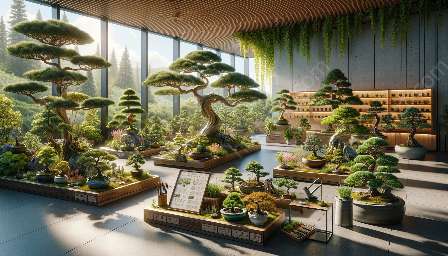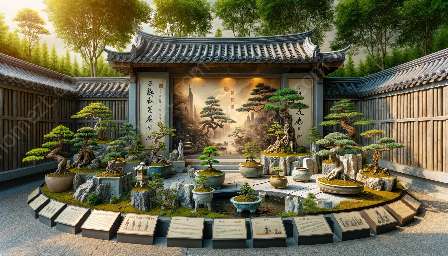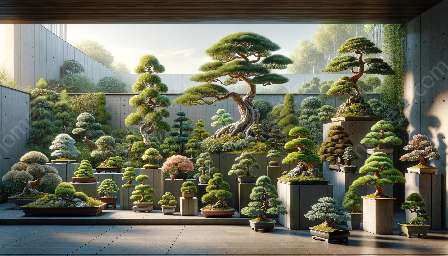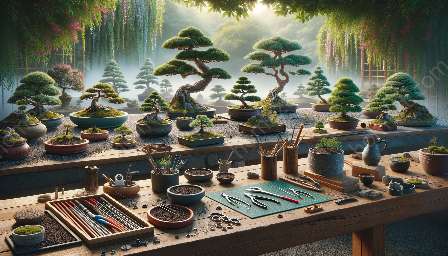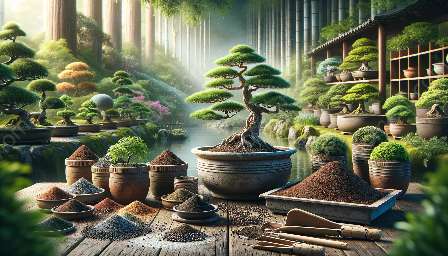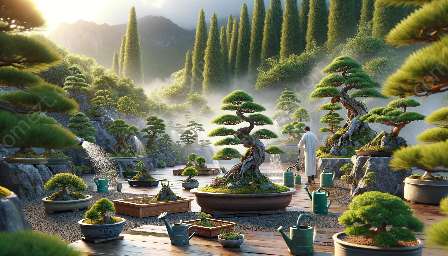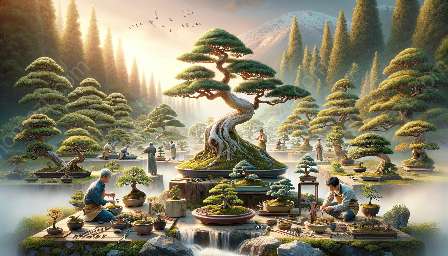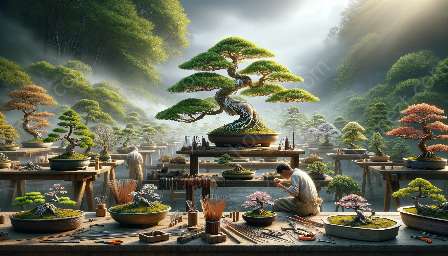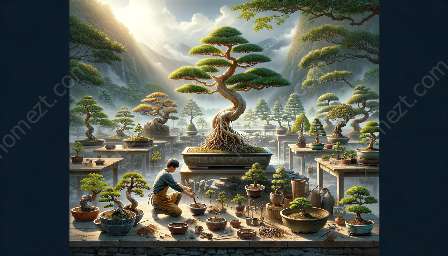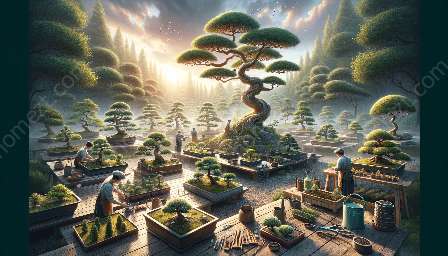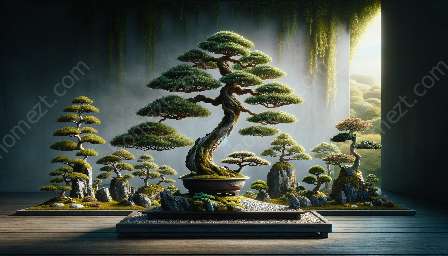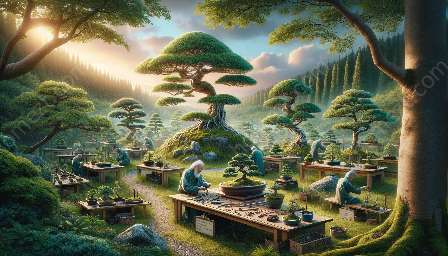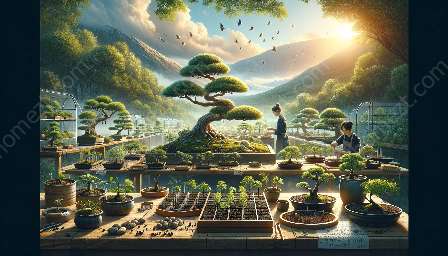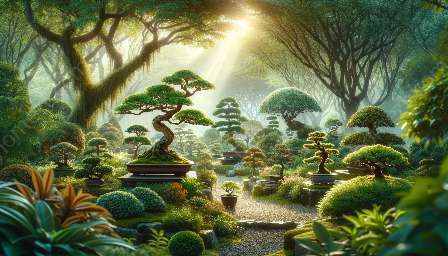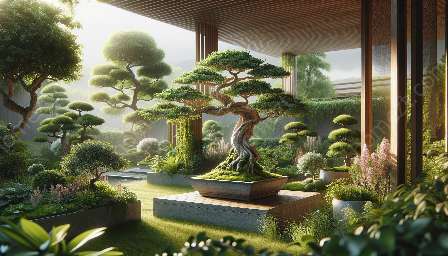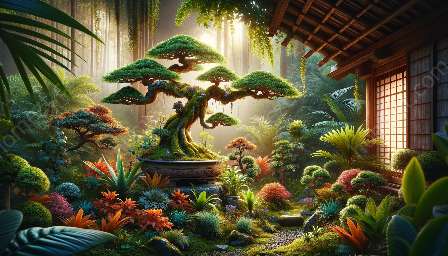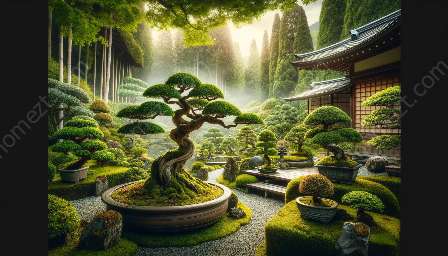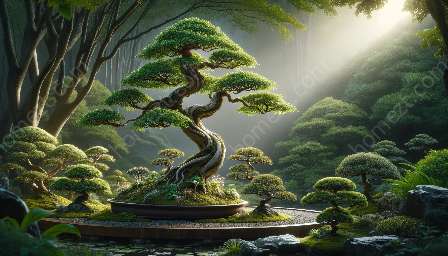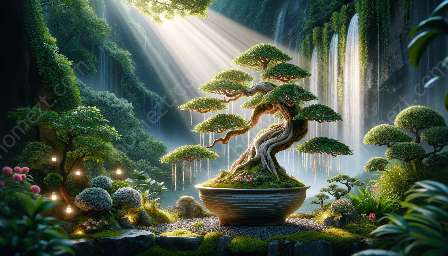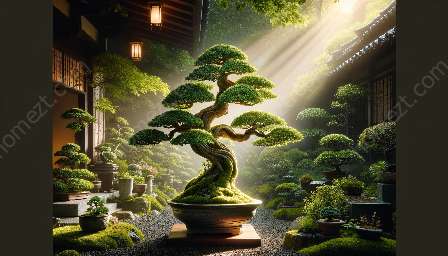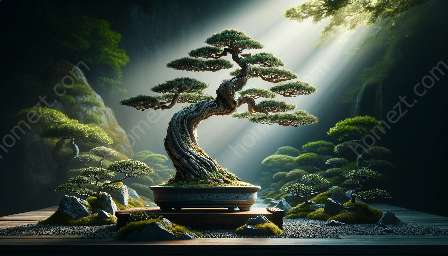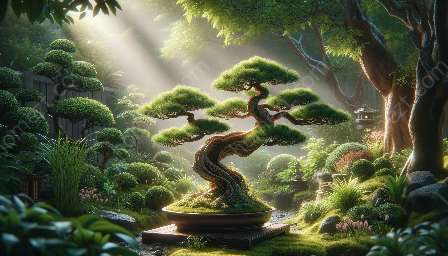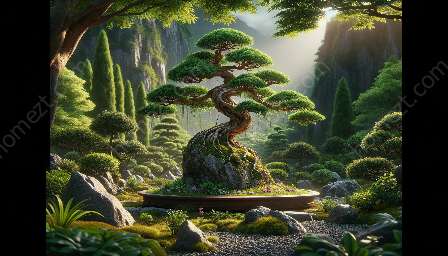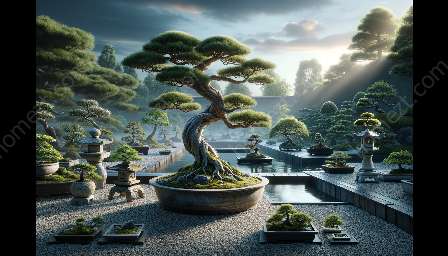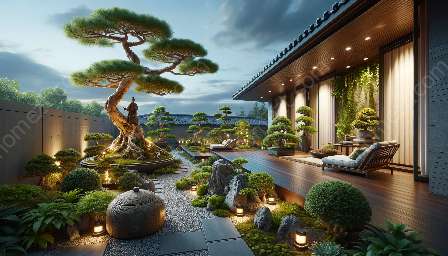Bonsai training and techniques are essential aspects of cultivating and nurturing these miniature trees that have captivated people for centuries. From pruning and wiring to shaping and styling, each step in the bonsai journey requires careful consideration and skill.
In this comprehensive guide, we will explore the art of bonsai training and techniques, delving into the methods and practices that enable enthusiasts to create stunning and unique bonsai trees. Furthermore, we will also examine the profound relationship between bonsai cultivation and the realms of gardening and landscaping, offering insights into how these disciplines intersect and complement each other.
Bonsai Training: The Art of Patience and Precision
Training a bonsai tree is a transformative process that demands patience, creativity, and attention to detail. One of the fundamental techniques in bonsai training is pruning, which involves selectively removing branches and foliage to shape the tree's growth and maintain its miniature proportions.
Pruning not only controls the size and appearance of the bonsai but also enhances its overall health and vigor. By carefully trimming new growth and managing the tree's structure, practitioners can guide the bonsai's development and achieve their desired aesthetic vision.
Another essential aspect of bonsai training is wiring, a technique that allows enthusiasts to sculpt and position the tree's branches and trunk. By wrapping and bending the branches with specialized wire, artists can create elegant and harmonious compositions, infusing the bonsai with a sense of movement and grace.
The Art of Patience
Bonsai training requires a deep appreciation for the passage of time, as these miniature trees often take years, if not decades, to reach their full potential. Through careful and deliberate training, practitioners learn to embrace the gradual transformation of their bonsai, nurturing its growth and development with unwavering dedication.
Shaping and Styling: Crafting Living Art
Shaping and styling are integral parts of bonsai training, where practitioners imbue their creations with distinctive forms and characters. Traditional bonsai styles, such as formal upright, informal upright, and cascade, offer a framework for shaping the tree's silhouette and evoking specific natural landscapes.
From the serene beauty of windswept pines to the rugged elegance of gnarled junipers, the art of shaping bonsai trees reflects a deep reverence for nature and an enduring commitment to craftsmanship. By integrating principles of proportion, balance, and harmony, practitioners can express their artistic sensibilities through the timeless allure of bonsai.
Bonsai Cultivation and its Connection to Gardening and Landscaping
As an ancient horticultural art form, bonsai cultivation shares a rich historical and philosophical lineage with gardening and landscaping. Bonsai, with its emphasis on harmony, balance, and the encapsulation of natural beauty, aligns closely with the principles that underpin both gardening and landscaping.
The meticulous care and attention required for nurturing bonsai trees parallel the dedication and expertise needed for successful gardening and landscaping endeavors. Whether tending to a tranquil Japanese garden or designing a verdant landscape, practitioners can draw inspiration from the principles and techniques of bonsai cultivation, integrating the art of miniature trees into larger outdoor environments with grace and ingenuity.
Harmony in Nature
The practice of bonsai encourages a profound connection with nature, inviting practitioners to contemplate the essence of beauty, tranquility, and the cycles of life. This harmonious perspective resonates deeply within the realms of gardening and landscaping, fostering an ethos of sustainable design and ecological mindfulness.
Conclusion
Bonsai training and techniques encompass a captivating blend of artistry, craftsmanship, and horticultural expertise. The intricate practices of pruning, wiring, and shaping converge to create mesmerizing bonsai trees that embody the enduring magic of nature in miniature form. Furthermore, the intertwining relationship between bonsai cultivation, gardening, and landscaping offers a holistic framework for cultivating lush, vibrant outdoor spaces that reflect the timeless ideals of harmony and natural beauty.

